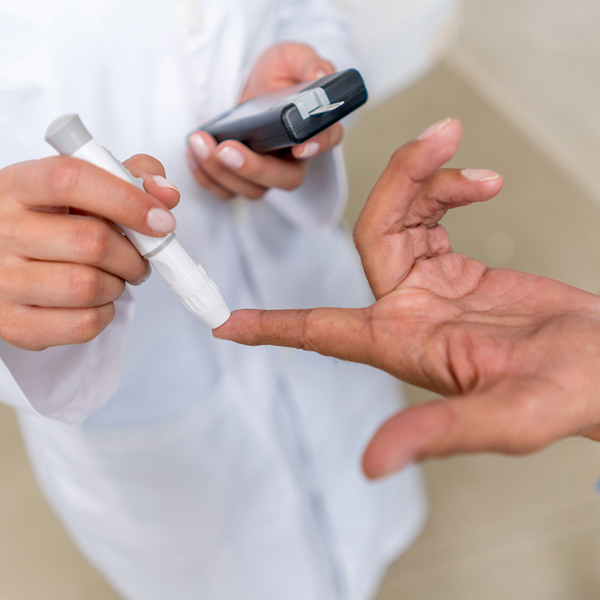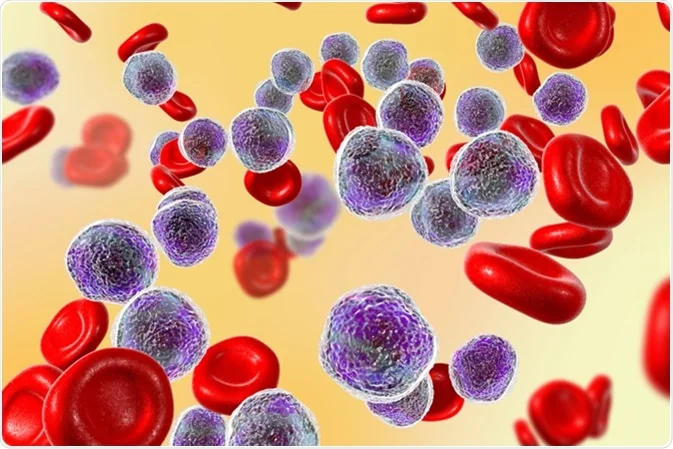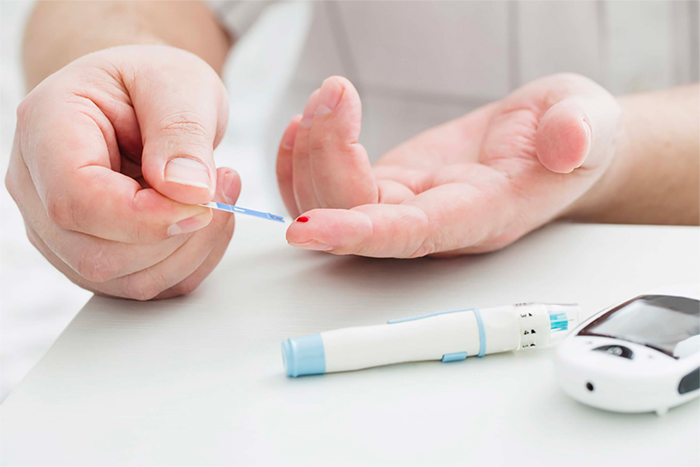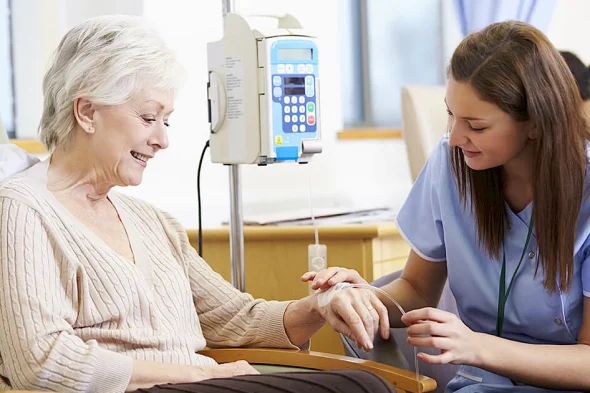
What Is Diabetes Type 1 ?
Diabetes is a chronic condition that affects the way the body metabolizes glucose, which is the main source of energy for cells. For cells to use glucose effectively, a hormone called insulin—produced by the pancreas—plays a crucial role. When we eat, food is broken down into glucose and other nutrients. Glucose is absorbed into the bloodstream from the gastrointestinal tract, and insulin helps transport it from the blood into the cells for energy and normal functioning. Diabetes develops when the body either does not produce enough insulin or cannot use insulin effectively. This leads to high blood sugar levels, which, over time, can cause serious health complications. Type-1 Diabetes: Also known as insulin-dependent diabetes or juvenile diabetes. It occurs when the pancreas produces little or no insulin due to autoimmune destruction of the insulin-producing cells. People with Type 1 diabetes need lifelong insulin therapy.
Prevalence of Type 1 Diabetes
Type 1 diabetes (T1D), also known as juvenile diabetes, is less common than Type 2 but remains a serious global health concern. It typically develops in children, adolescents, or young adults, though it can occur at any age. Globally, millions of children and young adults live with Type 1 diabetes, and the incidence continues to rise by about 3–5% per year. By 2013, it was estimated that nearly 9 out of every 1,000 children worldwide were diagnosed with T1D. Overall, diabetes remains the seventh leading cause of death globally, with Type 1 contributing significantly to early-onset complications. The prevalence of diabetes in general (Type 1 and Type 2 combined) also varies across race and ethnicity:

Factors Responsible For Juvenile Diabetes
Various risk factors for the development of juvenile diabetes such as age, race, sex, geographical location and seasonality have been reviewed and confirmed.
AGE

Age is the major risk factor accounting for more than or equal to 85% of all the diabetes cases less than 20 years of age. In general the incidence rate is progressively observed by birth and increase with increasing age. However the increasing incidence of the disease has been detected between the age group of 10-14 years.
GENDER

It has been evidently observed that girls are less susceptible to autoimmune diseases than boys. However, the cases of juvenile diabetes are found to be equally affecting irrespective of gender discrimination.
GENDER

The expressions of some of the genes are known to be responsible for the susceptibility to diabetes type 1. Of the multiple genes implicated, the HLA class II complex on chromosome 6 are considered to be the prime cause.
GEOGRAPHY

The incidence tend to increase for people who are living away from the equator for an instance those who are living in Finland and Sardinia are known to be having higher rates as compared to those US people living in Venezuela.
Symptoms Associated With Type 1 Diabetes
The signs and symptoms of Type 1 Diabetes can come on quickly and may include
Prognosis Associated With Type 1 Diabetes
Diabetes can be diagnosed generally with the blood tests for examining blood sugar level at fasting and after meal. Apart from that many other examinations can help diagnose the problem at the early stage such as
What Goes Wrong In Type 1 Diabetes?
Type 1 diabetes is the complication occurring at any stage but more prevalent in young children. The Human body needs glucose for the generation of energy which is obtained from the food we eat. The foot is broken down into the glucose and other essential molecules immediately after its consumption. In order to move glucose from the blood stream to cells, where it gets metabolize for the energy generation; Insulin is required. Insulin is produced by the beta cells of the pancreas.
In type 1 diabetes, due to autoimmune reaction, body’s own defense system can damage insulin producing beta cells; due to which insulin production is stopped. Without enough insulin glucose gets accumulated in the blood stream itself. This build up of glucose may lead to hyperglycemia.
How Stem Cell Treatment For Diabetes May Help!
Stem cells are the mother cells that are responsible for developing an entire human body from a tiny two celled embryo; due to their unlimited divisions and strong power to differentiate into all the cells of different lineage. This power of stem cells has been harnessed by the technology to isolate them outside the human body, concentrate in the clean environment and infused back. Thus, Stem Cells Treatment for Diabetes involves administration of concentrated cells in the targeted area, wherein they can colonize in the damaged area, adapt the properties of resident stem cells and initiate some of the lost functions that have been compromised by the disease or injury. Various data is available suggesting in vitro differentiation of stem cells into insulin producing beta cells. These cells can as well help in creating a microenvironment due to initiate secretion of different immune cells to counteract autoimmunity of the individual.
Treatment Of Type 1 Diabetes At GIOSTAR
We have mastered the technology for isolating maximum number of viable stem cells from either the autologous sources of your own body or allogeneically with the matched donor to treat various patients. We are the licensed, private organization with the excellent, well equipped state of the art facility to isolate process and enrich the viable number of stem cells, which can be re infused back into the patient’s body. Generally, these cells are administered through any one of the below mentioned methods depending upon our expert’s advice:
LOCAL ADMINISTRATION

Through this mode, cell are infused directly at the targeted site of injury.
INTRAVENOUS ADMINISTRATION

Through this mode, cells are infused through the veins to expand blood volumes in the central nervous system, to ensure that the maximum number of cells are reaching to the targeted area.
Once infused back in the body, these cells can be repopulated at the damaged parts of the pancreas, through their strong paracrine effects and differentiate into lost or damaged beta cells, initiate vasculogenesis and can as well initiate secretion of new immune cells.
What Sets Us Apart

Disclaimer : Results may vary for each patient. GIOSTAR practice the application of stem cell therapy within the legal regulations of each country.